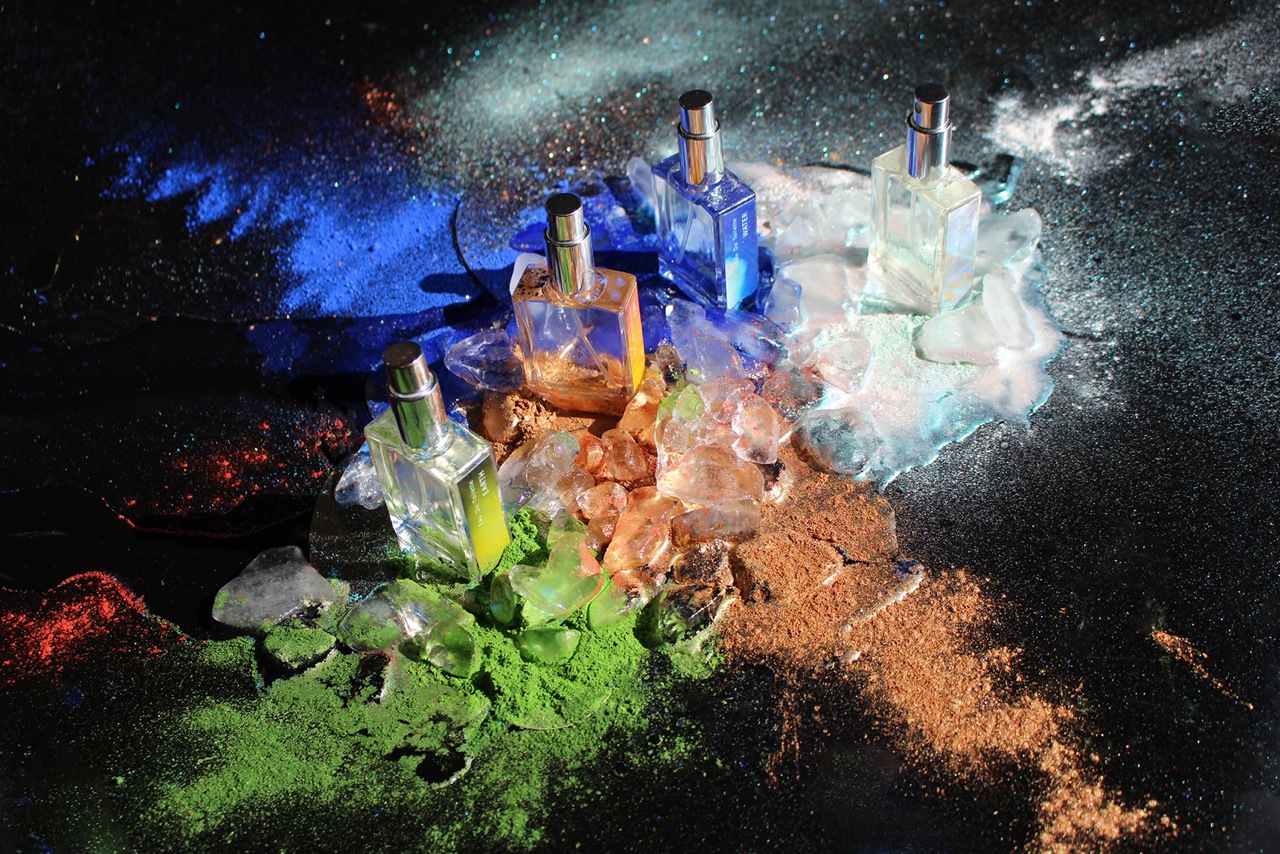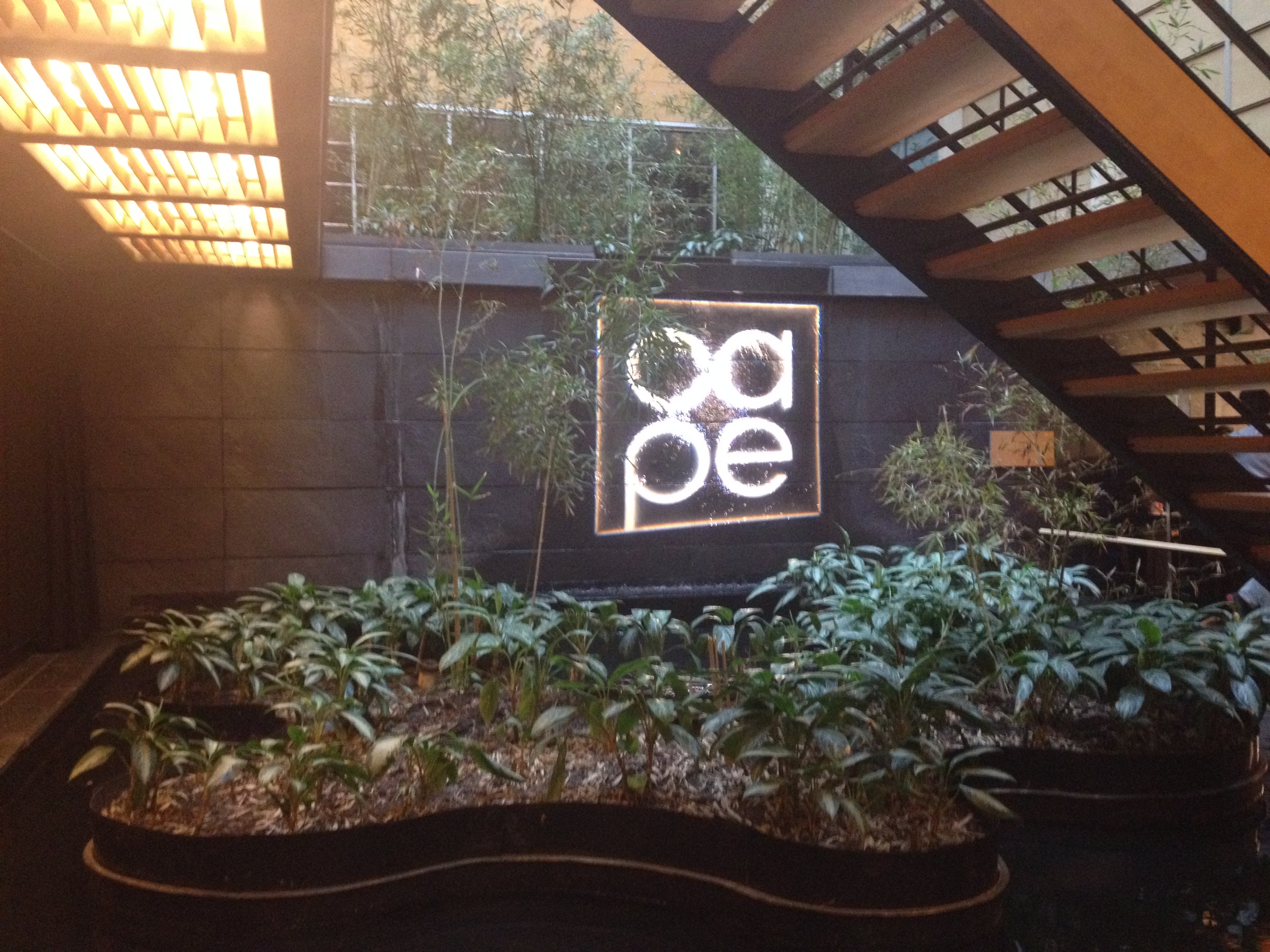-
Virtual China Fashion Gala honoring Estée Lauder, Wendy Yu, Phillip Lim & Lucy Liu raises $600,000

China Institute and Yue-Sai Kan China Beauty Charity Fund (CBCF) co-presented the China Fashion Gala 2020 virtually on Thursday, July 23, 2020. The annual celebration of Chinese design serves as a platform for Chinese talent emerging onto the international stage, as well as a forum for recognizing individuals whose contributions have helped position China at the forefront of global fashion and beauty.
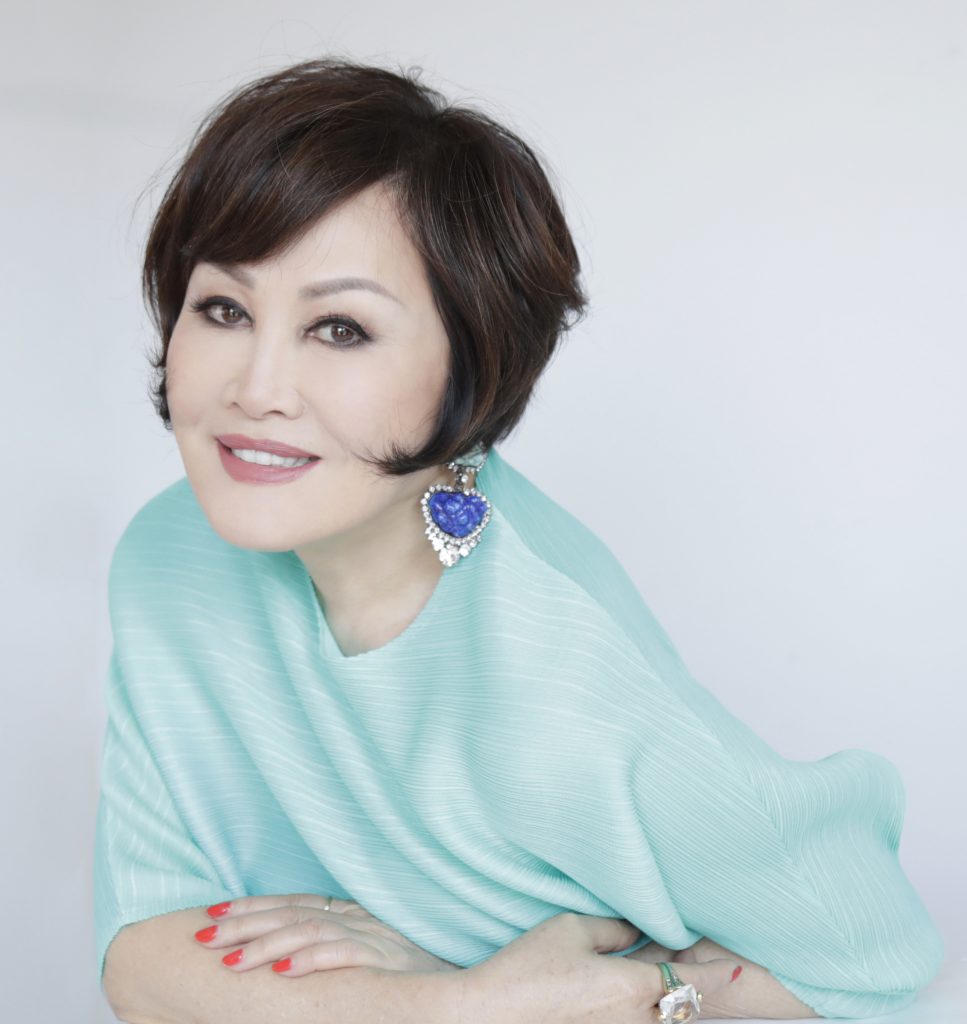
Hosted by Yue-Sai Kan, co-chair of China Institute and founder and chairwoman of CBCF, this year’s gala honored Estée Lauder with the Beauty Award. This inaugural award was accepted by Group President, The Estée Lauder Companies, and Global Brand President, Estée Lauder Stephane de La Faverie, presented by Yang Mi. Chinese investor, entrepreneur and philanthropist Wendy Yu was honored with the Millennial Leadership Award, presented by Jason Wu. Chinese American designer Phillip Lim was honored with the Leadership Award, presented by Lisa Ling. Actress, director, artist and activist Lucy Liu was honored with the Icon Award, presented by Yue-Sai Kan. Each award was donated by Baccarat. Co-chairs were Elizabeth Segerstrom, co-managing partner and co-owner of South Coast Plaza; Mariko Miura, CEO of Meihodo New York; Julian Rizzuto, founder of Dreamlink Foundation; Mark Gong, emerging Chinese designer; and Jeannette Chang, former SVP of Hearst Magazines International.

Highlights from the evening included a private 40-minute live cocktail party via Zoom with honorees immediately preceding the gala, a globe-spanning opening performance by Quincy Jones Productions; a special dance of the Thousand Hand Bodhisattva performed by members of the Chinese People’s Art Troupe of People with Disabilities; and a fashion presentation by Chinese couture designer Xiong Ying, who showcased her creations under the Heaven Gaia label.


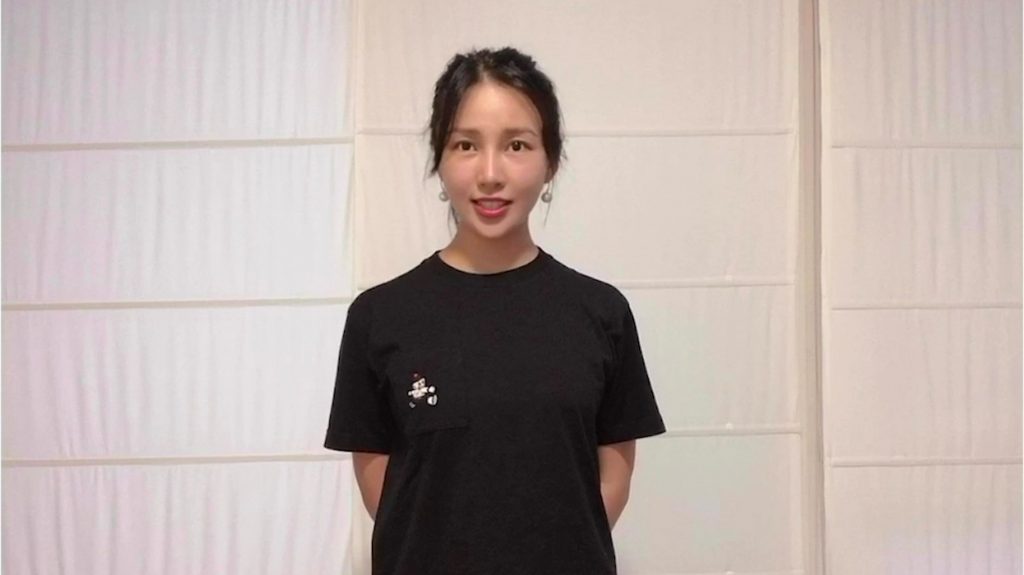


Prominent guests included: Christian Louboutin, Guo Pei, Grace Chen, Angelica Cheung, Bette Midler, Miss Universe Zozibini Tunzi, Xiaowen Ju, Karolina Kurkova, Maggie Q, Jordan Connor, Lang Lang, Anna Hu, Rain, Chen Man, Simon Collins, Didi Pei, Ban Ki-moon, Kenny G and Cai Guo-Qiang.
To date, China Fashion Gala 2020 has raised $600,000. An online silent auction on 32auctions.com will be open until July 30. Proceeds benefit the many diverse programs of China Institute, the oldest independent, non-profit organization in America to focus exclusively on China.

About Estée Lauder
Estée Lauder is the flagship brand of The Estée Lauder Companies Inc. Founded by Estée Lauder, one of the world’s first female entrepreneurs, the brand today continues her legacy of creating innovative, sophisticated, high-performance skincare and makeup products and iconic fragrances – all infused with a deep understanding of women’s needs and desires. Today, Estée Lauder engages with women in over 150 countries and territories around the world and at dozens of touch points – from in-store to digital. And each of these relationships consistently reflects Estée’s powerful and authentic woman-to-woman point of view.

About Wendy Yu
Wendy Yu is one of the world’s most influential millennial investors, entrepreneurs and philanthropists to be shaping the creative and cultural landscape. Based in Shanghai, she is the Founder and CEO if Yu Holdings, the first China-centric group of its kind combining dedicated entities for strategic investment, business and brand creation and creative-cultural exchange. Yu was recently appointed an international ambassador for the French Fédération de la Haute Couture et de la Mode. She has been recognized as a pioneering industry “30 under 30” leader by Forbes China and patron of fashion by Vogue International.
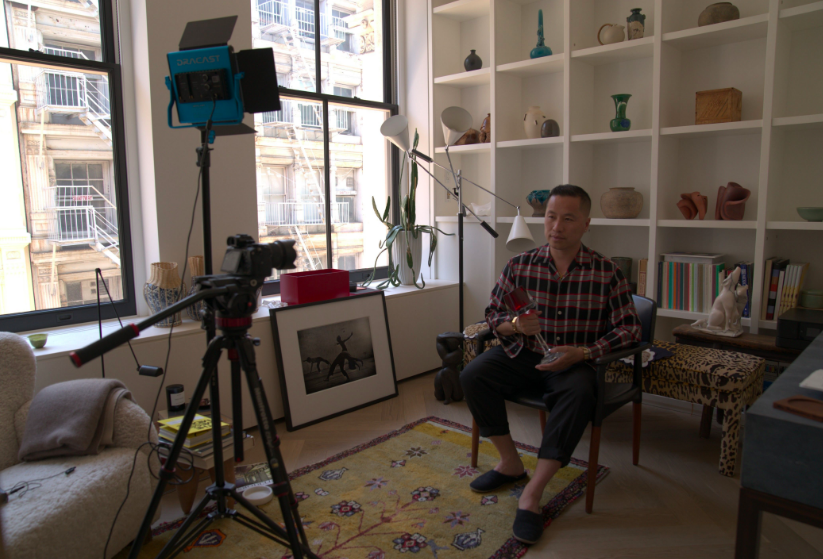
About Phillip Lim
As Creative Director and Co-Founder of his eponymous label, Phillip Lim sits at the helm of his now 14-year-old pioneering modern luxury brand. Lim is recognized as one of the most talented and successful young American designers and is the recipient of several prestigious industry honors including the Fashion Group International’s Women’s Designer ‘Rising Star’ Award, the CFDA Swarovski Award for Womenswear, the CFDA Swarovski Award for Menswear and the CFDA Award for Accessories Designer of the Year.

About Lucy Liu
Lucy Liu is an award-winning actress who has appeared in both studio and independent films, on television and Broadway. She is also a director and an artist and continues to be a UNICEF Ambassador, advocating for children’s health and protection since 2004.

About China Institute
China Institute advances a deeper understanding of China through programs in education, culture, art and business. China Institute is the go-to resource on China – from ancient art to today’s business landscape and its rapidly shifting culture. Its programs, school and gallery exhibitions bring to life the depth, complexity and dynamism of China. Founded in 1926 by Chinese reformers Hu Shi and K.P. Wen and educators Paul Monroe and John Dewey, China Institute is the oldest independent, non-profit organization in America to focus exclusively on China.

About Yue-Sai Kan Beauty Charity Fund
Yue-Sai Kan China Beauty Charity Fund (“CBCF”) was established in 2011 in honor of Yue-Sai Kan by the Shanghai Soong Ching Ling Foundation, one of the most important and trusted charitable foundations in China. The word “beauty” in Chinese embodies caring, giving, honesty, and beautification of the human spirit. True to this spirit, CBCF is dedicated to the betterment and advancement of women and children through education, health and cultural programs worldwide. Since its establishment, CBCF has raised a total of 3 million USD to fund cleft lip and palate surgeries, provide free medical supplies to underserved regions in China, and provide scholarships for Chinese students through the CBCF Scholarship Program at the Fashion Institute of Technology, Peking University and a number of other prestigious universities.
-
China Institute Gallery Presents Dreams of the Kings
A rare shroud of precious stones designed to protect and glorify a king in the afterlife is on view at China Institute Gallery’s new exhibition, Dreams of the Kings: A Jade Suit for Eternity, Treasures of the Han Dynasty from Xuzhou through November 12, 2017. More than 76 objects originating from royal tombs dating from the Western Han Dynasty (206 BCE – 8 CE) are being exhibited in the U.S. for the first time. Ranging from terracotta performers to carved stone animal sculptures, the objects are extraordinary testimony to customs and beliefs surrounding life and death during the Western Han Dynasty, one of China’s golden eras. The exhibition is accompanied by a fully illustrated bilingual catalogue.
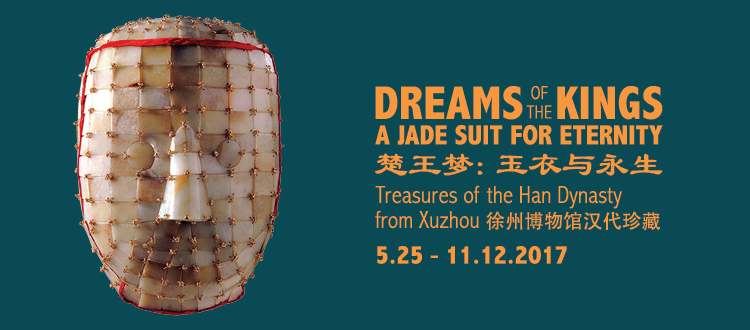
“People during the Han Dynasty regarded death as birth and longed for immortality,” said Willow Weilan Hai, Director, China Institute Gallery. “To prepare for the afterlife, they constructed their tombs to be eternal residences” Dreams of the Kings: A Jade Suit for Eternity, Treasures of the Han Dynasty from Xuzhou is curated by Li Yinde, Director Emeritus of the Xuzhou Museum, and directed by Willow Weilan Hai, Director of China Institute Gallery. The exhibition will travel to the Nelson-Atkins Museum of Art in Kansas City, Missouri, from December 2017 – April 2018.
EXHIBITION OVERVIEW
Dreams of the Kings: A Jade Suit for Eternity, Treasures of the Han Dynasty from Xuzhou is divided into four sections.
- The King’s Guards explores the sculptures of the guardians of the kings, including soldiers and a warrior on horseback that were made to protect the kings in their afterlife.
- Dreams of Eternity focuses on the jade burial suit, which fully covers the body with jade tiles. Excavated in 1994–95, the suit consists of 4,248 tiles, more than any other jade suit discovered to date. One of the earliest ever made (ca. 175 BCE), it is bound with a rare gold thread, a signifier of the highest rank.
- Rapt by Jade surveys the importance of jade during the Han Dynasty. A carved jade pendant of a dragon with a hole below its eye may have been used to tie the piece on the body to protect its owner. During the Han Dynasty, jade was also ground into a power to be used as medicine.
- Life in the Afterlife focuses on the many everyday objects used in the afterlife including bronze vessels and belt buckles.
EXHIBITION PUBLICATION
The exhibition’s 216-page catalogue in English and Chinese is edited by Willow Weilan Hai, Director of China Institute Gallery. It includes several essays by Li Yinde, Director Emeritus and Senior Researcher, Xuzhou Museum; Colin Mackenzie, Senior Curator of East Asian Art, Nelson- Atkins Museum of Art; and Wang Zijin, Professor of Beijing People’s University.

EXHIBITION-RELATED PROGRAMS
Fall Lecture Series: The Glories of the Han Dynasty Wednesdays, September 20, 27; October 4, 11, 18, 6:30–8:00 p.m. With topics elaborating on themes touched upon by China Institute’s exhibition Dreams of the Kings: A Jade Suit for Eternity, Treasures of the Han Dynasty from Xuzhou, this five-week lecture series will explore the culture of the Han Dynasty through its history, literature, economy, politics, scholarship, and visual arts. Each lecture will be delivered by a prominent scholar covering a crucial aspect of Han Dynasty civilization, including the growth of the Silk Road, the role of Confucianism, and the writing of Sima Qian’s Records of the Grand Historian. Lecturers include Yu Renqiu, Professor of History, SUNY Purchase; Michael Nylan, Professor of History, University of California, Berkeley; Susan Beningson, Assistant Curator of Asian Art, Brooklyn Museum; Lillian Tseng, Associate Professor of East Asian Art and Archaeology, Institute for the Study of the Ancient World, New York University; and Valerie Hansen, Professor of History, Yale University.
Individual Tickets: $10 Members/$15 Non-Members
Full Series Tickets: $40 Members/$60 Non-Members
For more information and registration, visit www.chinainstitute.org, or contact 212-744- 8181.UPCOMING EXHIBITION
Art of the Mountain: Through the Chinese Photographer’s Lens
February 8 – December 2, 2018
Mountains, in Chinese legends, are the pillars that hold up the sky. Mountains were seen as places that nurture life. Their veneration took the form of rituals, retreat from social society, and aesthetic appreciation through the art of their vast beauty – some of the many ways that nature played and continues to play a defining role in Chinese culture. The exhibition — with over 70 photographs by more than 20 contemporary photographers — will present the geography, history, culture, life, and art that is associated with or derived from mountains.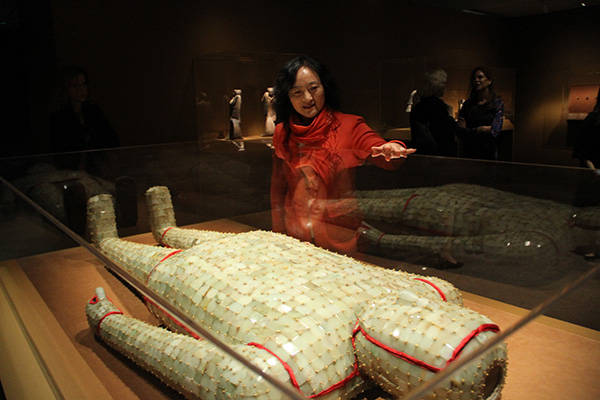
ABOUT CHINA INSTITUTE
China Institute advances a deeper understanding of China through programs in education, culture, business, and art in the belief that cross-cultural understanding strengthens our global community. In 2016, China Institute celebrated both its 90 th anniversary and the 50 th anniversary of China Institute Gallery. Founded in 1926 by a group of American and Chinese educators, China Institute in America is the oldest bicultural non-profit organization in the U.S. to focus exclusively on China.
The organization promotes the appreciation of Chinese heritage and provides the historical context for understanding contemporary China. Programs, activities, courses, and seminars are offered on the visual and performing arts, culture, history, music, philosophy, language, and literature for the general public, children, and teachers, as well as for business.
ABOUT CHINA INSTITUTE GALLERY
China Institute Gallery, established in 1966, is distinct among the museums of New York City. It was the first in the United States to showcase Chinese art exclusively on a regular basis. Today, China Institute Gallery is New York's only non-commercial exhibition space solely dedicated to Chinese art and is known for its innovative thematic and scholarly exhibitions, publications, and related art education programs. China Institute is located at 100 Washington Street, New York, NY 10006, with a temporary entrance at 40 Rector Street. During exhibitions, China Institute Gallery is open Monday – Friday, 10 a.m. to 5 p.m., Thursday 10 a.m. to 8 p.m., and Saturday, 11 a.m. to 5 p.m. Admission is $10 for adults, $5 for seniors and students, free for members and children under 16, and free on Thursdays from 5 to 8 p.m. For more information, call 212-744- 8181 or visit chinainstitute.org, Facebook, Twitter or Instagram.
ABOUT THE XUZHOU MUSEUM
The Xuzhou Museum, established in 1959, is located at the northern foot of Yunlongshan (Cloudy Dragon Mountain) on the old site of the temporary palace used by the Qianlong emperor (r. 1736–95) during his southern inspection tours. Expanded three times over the years, the museum now consists of four parts: the main exhibition hall; the Western Han dynasty (206 BCE–220 CE) quarry site; the Eastern Han dynasty (25–220) mausoleum of the King of Pengcheng in Tushan (Soil Mountain); and the Qing dynasty (1644–1911) temporary palace of Gaozong, the Qianlong
emperor, and its corridor of steles. The museum’s rich collection of artwork spans the Neolithic period to the last imperial dynasties of the Ming (1368–1644) and Qing (1644–1911), and extend to the contemporary period. Its outstanding collection of Han dynasty artifacts uniquely illustrates the characteristic Han culture of Xuzhou. -
Terracotta Warriors @discoveryts and the China Institute
6 FEET TALL. 2,000 YEARS OLD. 1 EMPEROR’S LEGACY.
Direct from China, discover the legend behind the authentic terracotta soldiers with a fascinating journey back to the days of China’s first emperor — before and after his epic rule. Marvel at the life-size warriors up close and in person, alongside an exclusive collection of over 200 treasures and artifacts from ancient China. Now through August 26th.
In 1979 – my mom first saw the Terracotta Warriors in Xian while she was on a business trip in China. 30 years later, she went to check out the exhibit at the Discovery Museum here in New York City for the second time with Tai – a history lover!
 The Terracotta Army or the “Terra Cotta Warriors and Horses”, is a collection of terracotta sculptures depicting the armies of Qin Shi Huang, the first Emperor of China. It is a form of funerary art buried with the emperor in 210–209 BC and whose purpose was to protect the emperor in his afterlife, and to make sure that he had people to rule over.
The Terracotta Army or the “Terra Cotta Warriors and Horses”, is a collection of terracotta sculptures depicting the armies of Qin Shi Huang, the first Emperor of China. It is a form of funerary art buried with the emperor in 210–209 BC and whose purpose was to protect the emperor in his afterlife, and to make sure that he had people to rule over.The Terracotta Army was discovered in the spring of 1974 to the east of Xi’an in Shaanxi province by a group of farmers when they were digging a water well around 1 mile (1.6 km) east of the Qin Emperor’s tomb mound at Mount Li (Lishan),[2][3] a region riddled with underground springs and watercourses. For centuries, there had been occasional reports of pieces of terracotta figures and fragments of the Qin necropolis – roofing tiles, bricks, and chunks of masonry – having been dug up in the area.This most recent discovery prompted Chinese archaeologists to investigate, and they unearthed the largest pottery figurine group ever found in China.

A collection of 120 objects from the mausoleum and 20 terracotta warriors were displayed at the British Museum in London as its special exhibition “The First Emperor: China’s Terracotta Army” from 13 September 2007 to April 2008. This Terracotta Army exhibition made 2008 the British Museum’s most successful year ever, and made the British Museum the United Kingdom’s top cultural attraction between 2007–08. The exhibition also brought in the most visitors to the British Museum since the King Tutankhamun exhibition in 1972. It was reported that the initial batch of pre-bookable tickets to the Terracotta Army exhibition sold out so fast that the museum extended the exhibition until midnight on Thursdays to Sundays. According to The Times, many people had to be turned away from the exhibition, despite viewings until midnight. During the day of events to mark the Chinese New Year, the crush was so intense that the gates to the museum had to be shut. The Terracotta Army has been described as the only other set of historic artifacts (along with the remnants of ruins of the RMS Titanic) which can draw a crowd simply on the back of the name alone.A number of terracotta warriors and other artifacts were exhibited to the public at the Forum de Barcelona in Barcelona, Spain between 9 May and 26 September 2004, and it was their most successful exhibition ever. The same exhibition was then presented at the Fundación Canal de Isabel II in Madrid between October 2004 and January 2005 and it was also their most successful ever by number of visitors. In December 2009 – January 2010 the exhibition was shown in the Centro Cultural La Moneda in Santiago de Chile.
The exhibition has traveled to North America and visited museums such as the Bowers Museum in Santa Ana, California, Houston Museum of Natural Science, High Museum of Art in Atlanta, National Geographic Society Museum in Washington, D.C., and the Royal Ontario Museum in Toronto. Subsequently the exhibition traveled to Sweden and was hosted in the Museum of Far Eastern Antiquities between 28 August 2010 and 20 January 2011. An exhibition entitled ‘The First Emperor – China’s Entombed Warriors’, presenting 120 artefacts from the First Emperor’s burial site, was hosted at the Art Gallery of New South Wales (Sydney, Australia), between 2 December 2010 and 13 March 2011. An exhibition entitled “L’Empereur guerrier de Chine et son armée de terre cuite” (“The Warrior-Emperor of China and his terracotta army”), featuring artifacts including statues from the First Emperor’s mausoleum, was hosted by the Montreal Museum of Fine Arts from 11 February 2011 to 26 June 2011.
(dates and facts via Wikipedia)
Currently they are at New York City’s Discovery Museum Time Square and you can check it out http://www.discoverytsx.com/exhibitions/terracotta-warriors
